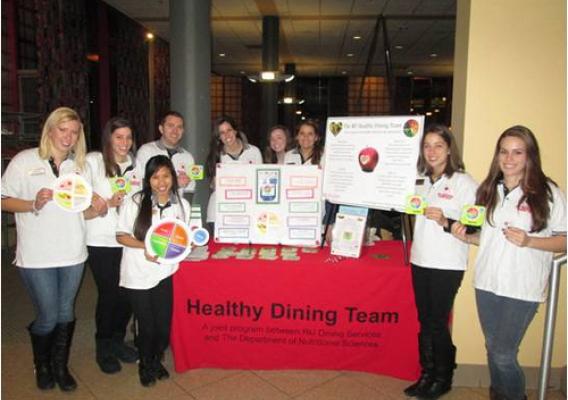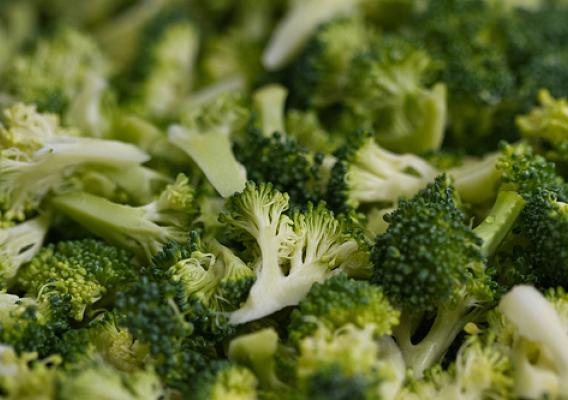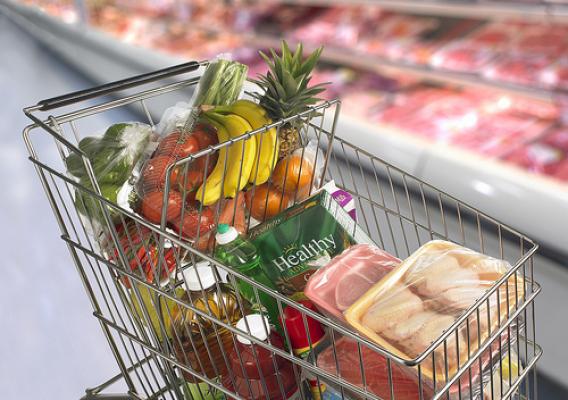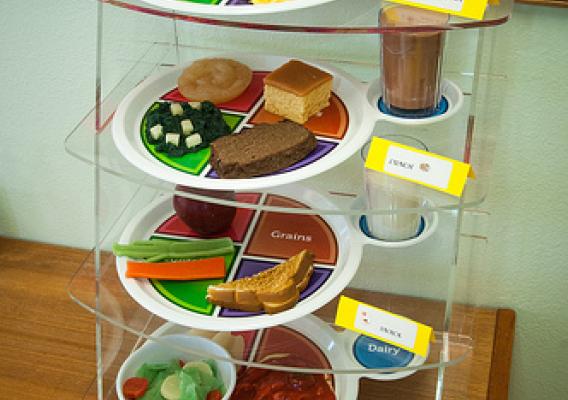“Eat more fruits and vegetables.”
“Choose a variety of protein foods like lean meat and poultry, eggs, beans, peas and unsalted nuts and seeds.”
“Make at least half your grains whole grains.”
“Reduce Sodium intake to 2300 mg.”
These are just some of the nutrition recommendations that are the foundation of our current Federal nutrition guidance and policy. The process to review the science that supports these recommendations is currently underway.
Every five years, the Departments of Agriculture and Health and Human Services are required* to jointly develop and publish the Dietary Guidelines for Americans, which form the basis of Federal nutrition policy. The next edition is scheduled to be released in 2015. To ensure that the Dietary Guidelines are based on the most up-to-date scientific and medical knowledge, the 2015 Dietary Guidelines Advisory Committee (governed by the Federal Advisory Committee Act) has been established to review the current policy and advise the government. This advice comes in the form of a Federal Advisory Committee Report, which includes evidenced-based recommendations and rationales. Officials within USDA and HHS utilize this report, along with comments from the public and other Federal Agencies to develop the updated Dietary Guidelines for Americans, policy document. In short, while the work of the DGAC is instrumental to the revision process, it is also solely advisory in nature.










